If you want to know about the cost-effective architecture or site analysis or cost-effective materials, please click the link.
Reducing costs is a crucial aspect of architectural design, and there are several methods that architects can use to achieve cost savings.
- Strategies and Methods for reducing cost through Planning and Design.
1) Introduction
“Less is More” – Ludwig Mies van der Rohe said this phrase as a precept for Minimalist design and architecture.
“Small is beautiful” – Laurie Baker related it with the real building problems and the housing needs of the world.
“Build your architecture from what is beneath your feet.” – Hassan Fathy
“Architecture is the thoughtful making of space.” – Louis Kahn
2) Tradition vs modern
Every region has its own traditions and, by trial and error, over thousands of years, people have learned how to use, and to cope with, all the many factors which are involved in Architecture –
- The site, its topography and geology
- The climate and vegetation,
- The available local materials,
- The religious and cultural patterns of living, and
- The main local occupants.
- Unsatisfactory items have long since been discarded and alternatives have been tried until a satisfactory solution has been found.
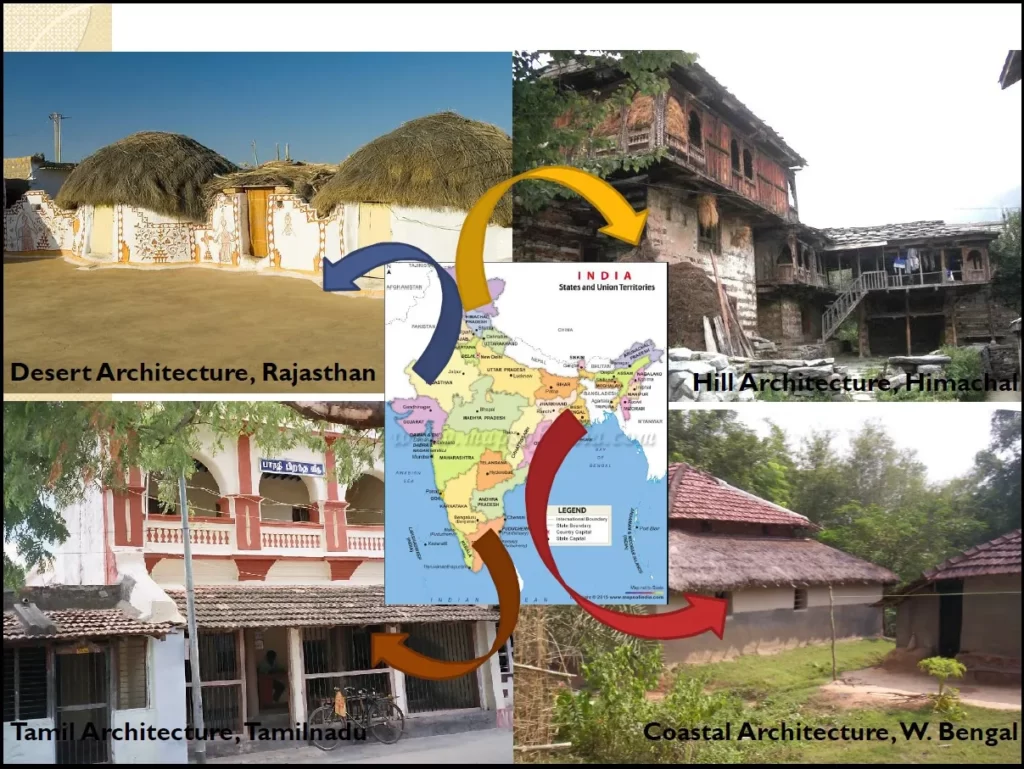

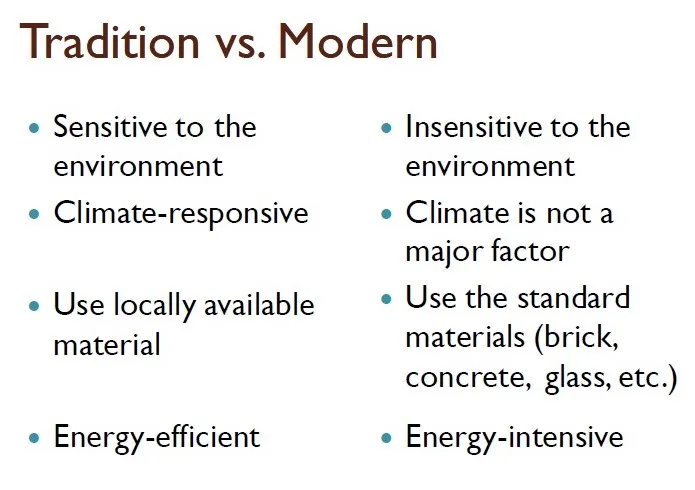
3) Cost-effective architecture
“Any housing solution that involves paying for industrially produced building materials and commercial building contractors is doomed to certain failure. If houses are to be built at all, in sufficient quantity, they must be built without money. We must go right outside the framework of the money system, bypass the factories, and ignore the contractors.” – Ar. Hassan Fathy
4) Strategies & methods to cut cost
- Design of a core house
- Community Planning for rural areas
- Cost efficiency
- House Plan Sizes and Shapes
- Roof Variations
- Various Room Arrangements
- Four and a Half Inch Brick Walls
- Brick Jalis
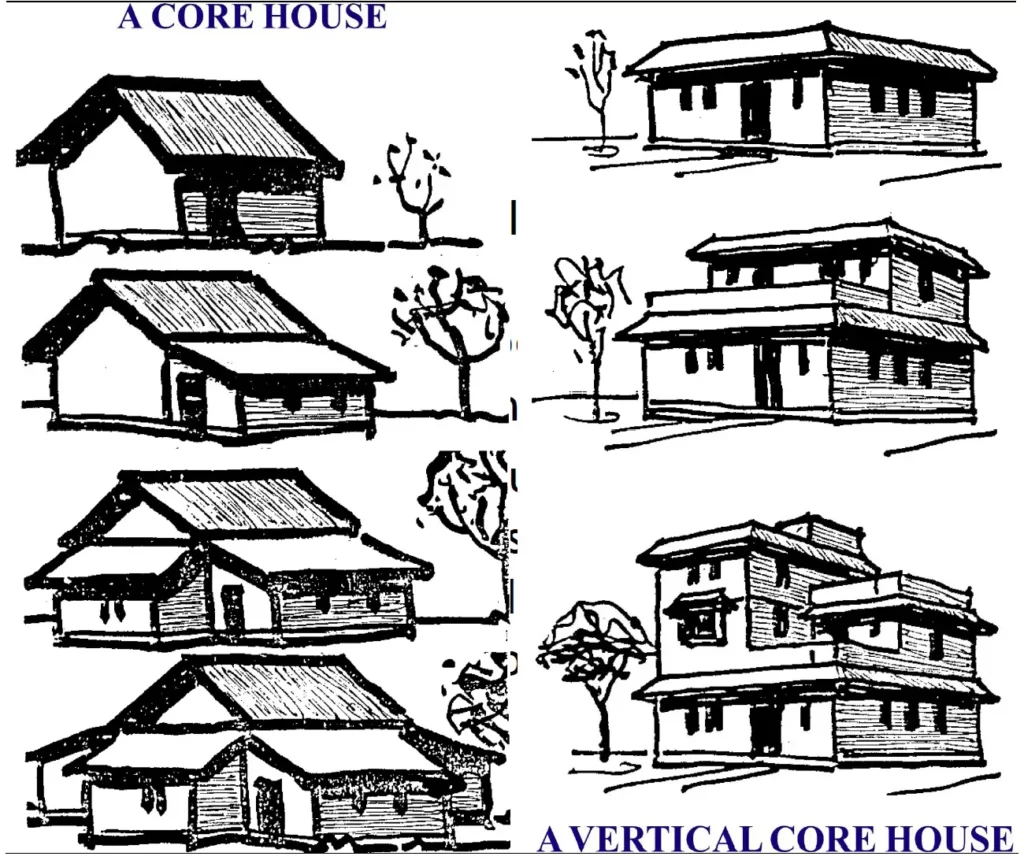

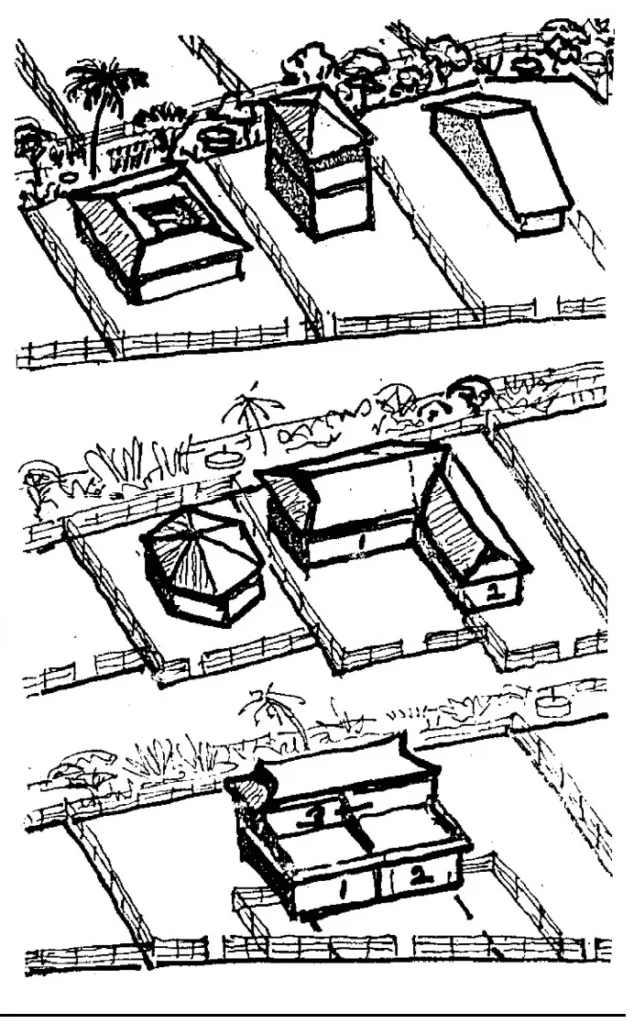
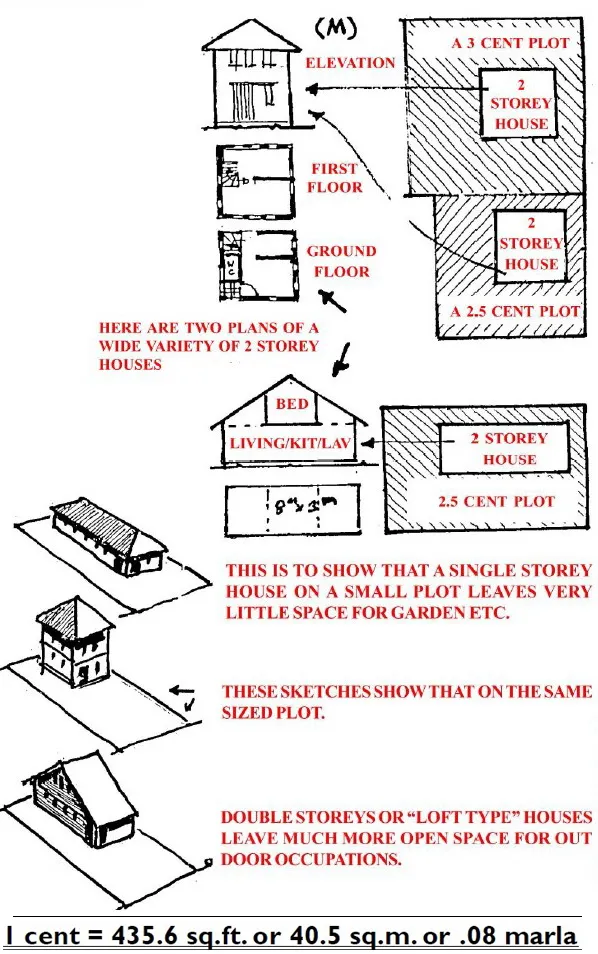

5) Cost efficiency
With the country having millions of homeless families, it is imperative that what money is available must be used ONLY for essentials, and none of it for fancy frills!
There are many factors that must be kept in mind –
- MATERIALS – are the materials we want to use for building LOCALLY AVAILABLE? If not – can we afford transport costs?
- Can we not use only locally available items as far as possible?
- Then we must ALWAYS keep the CLIENT in mind.
- Remember that the CLIENT is the beneficiary – not a Government Department or a Corporate Organisation!
- Will he be able to accommodate comfortably all his dependants?
- Will he be able to extend the house when, later, his sons grow up and earn money?
- Will the house be STRONG and SECURE?
- Can sheds or verandas be added by him for home occupations, like carpentry or weaving etc.?
- Does the plan allow for local cultural and religious ways of living?
- What about water and sanitation? And what about approachability?
- Our aim of “Cost Efficiency” must include all these things.
6) House Plan Sizes
- Very often, authorities and institutions limit the SIZES of houses they intend to build – sizes such as 20 m2, 25 m2, 30 m2, etc.
- The general immediate reactions of planners and beneficiaries is “Horrors! What can you do in 20 m2 – a mere 4 m x 5 m! and then we get accused of putting up rows of identical little concrete boxes – and call them houses….”
- Small areas can be in many different shapes – one PROTOTYPE house plan is INEXCUSABLE.

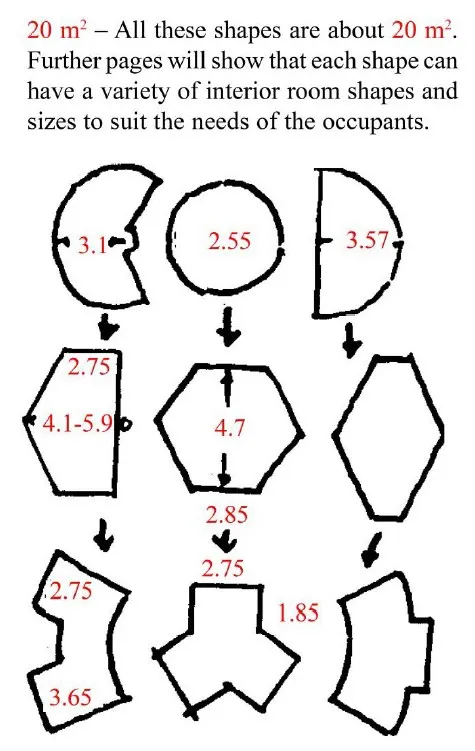
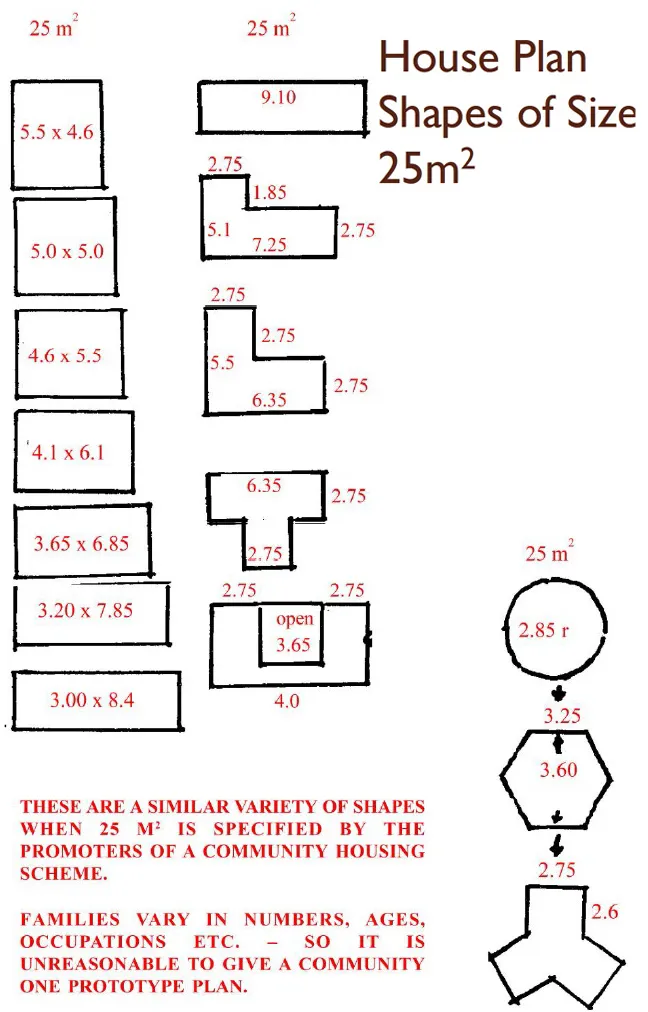
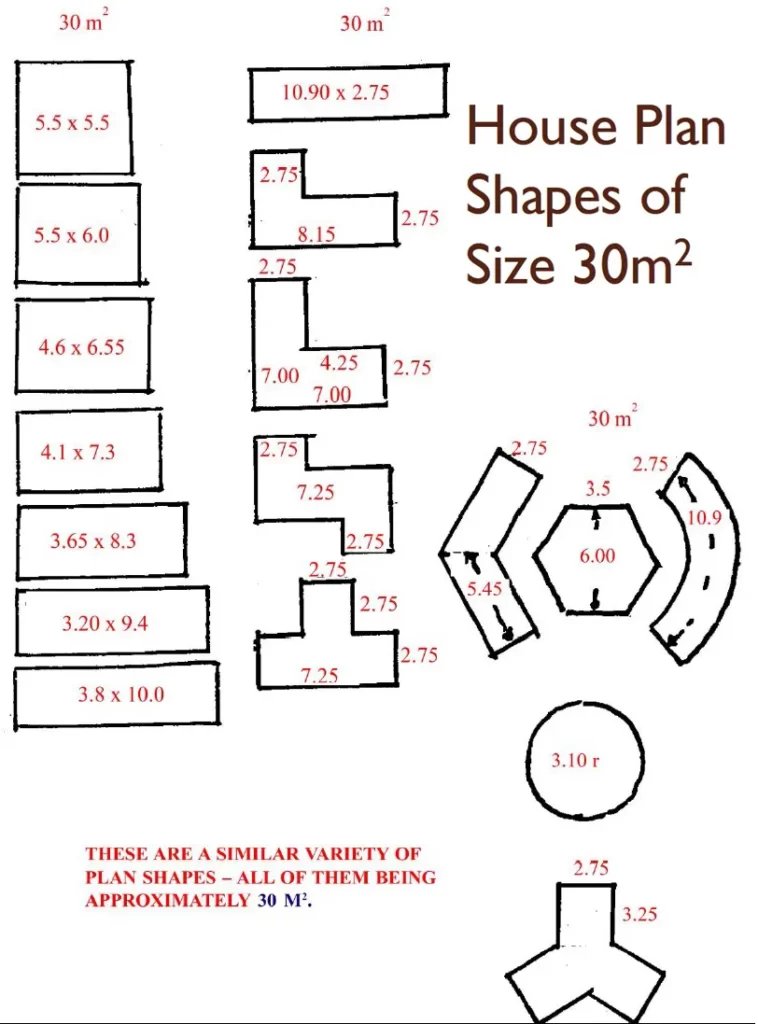
7) House Plan Shapes
- We can see that there are many SHAPES which all have the same area.
- However THE LENGTHS of the outer walls VARY.
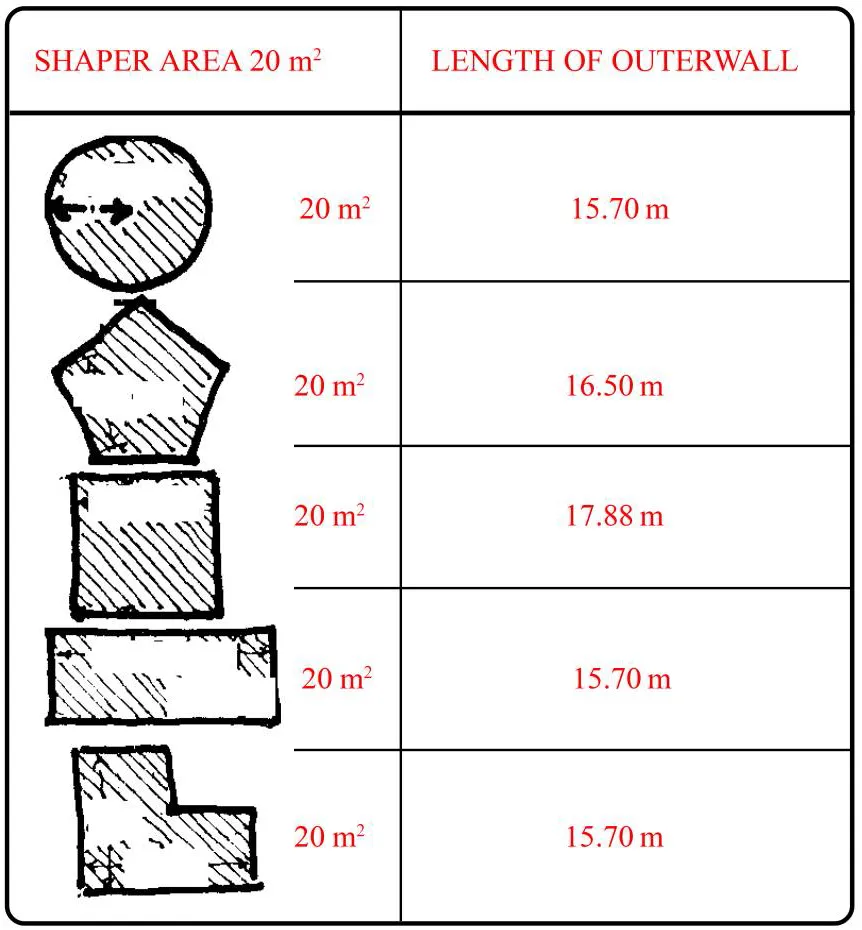
- Consequently the outer WALL SURFACE also VARIES for each shape – and, of course, so does the NUMBER OF BRICKS needed! And COSTS!
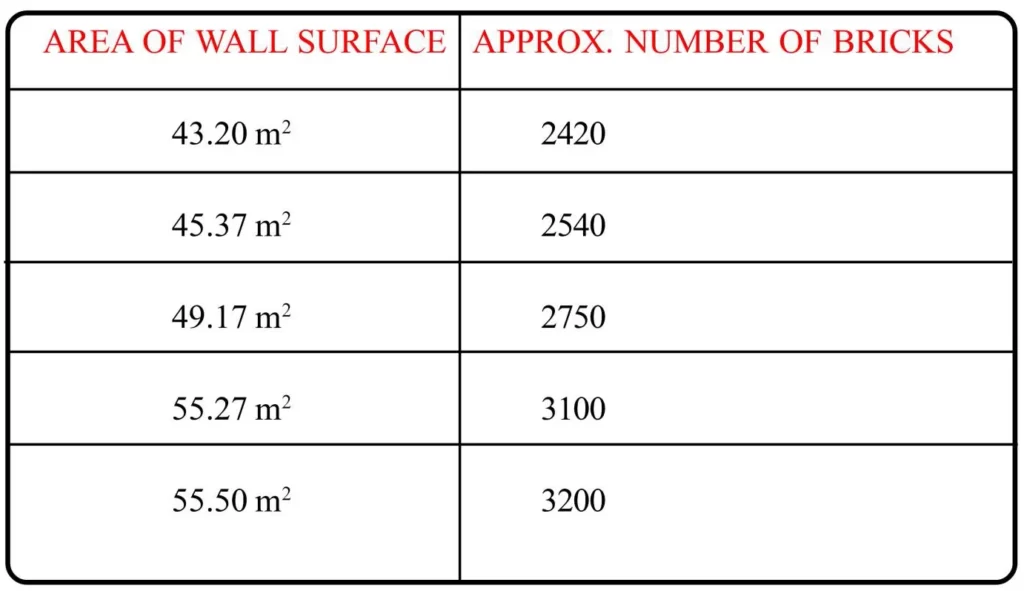
8) Roof Variations
- The choice of roof is not just between “plain” or “fancy”.
- The main considerations needed are the materials available, the climate, the rainfall and the wind directions, and, most important – the traditional shape.
- The main reason for these sketches is to show that a community does not have to have rows of identical boxes.

9) Various Room Arrangements
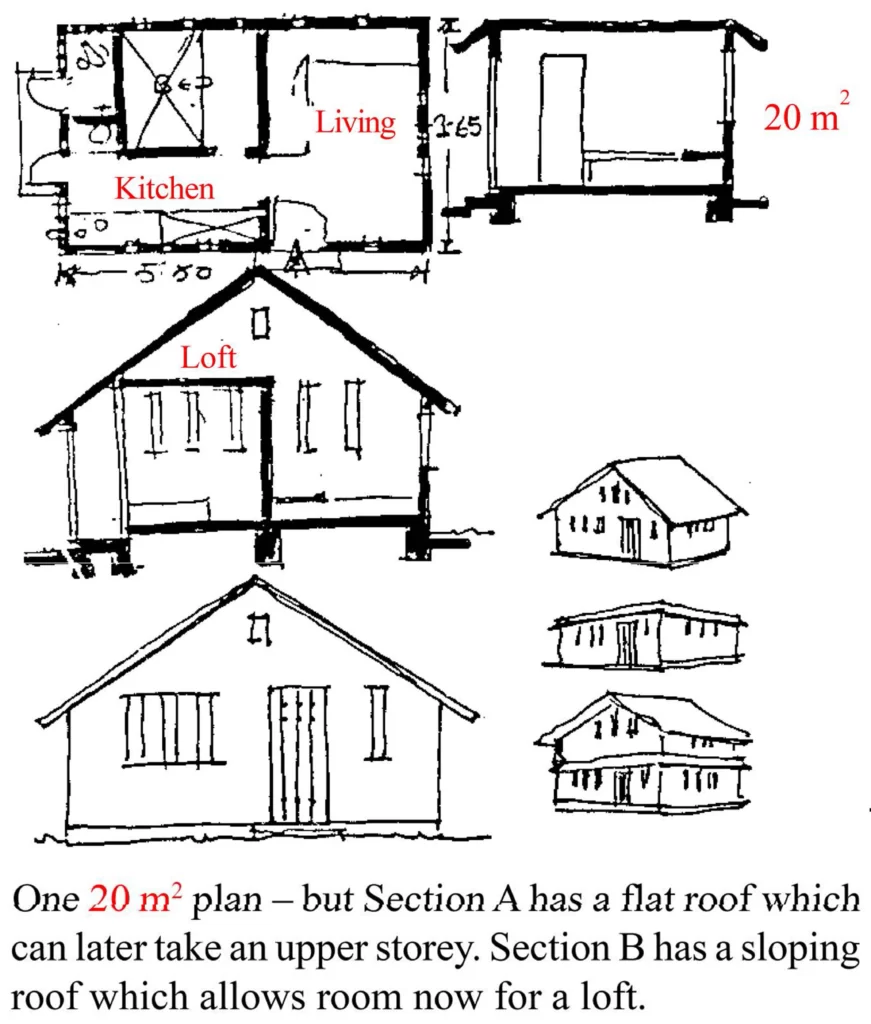
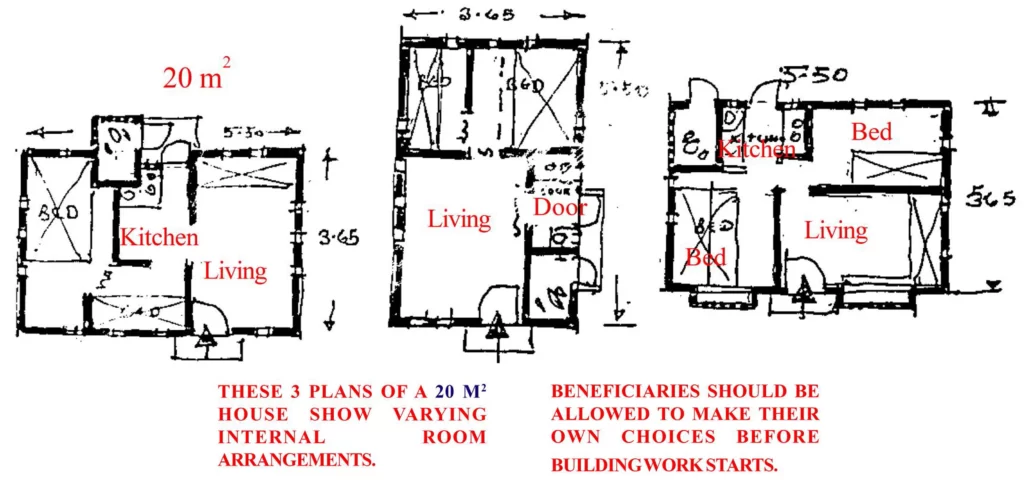



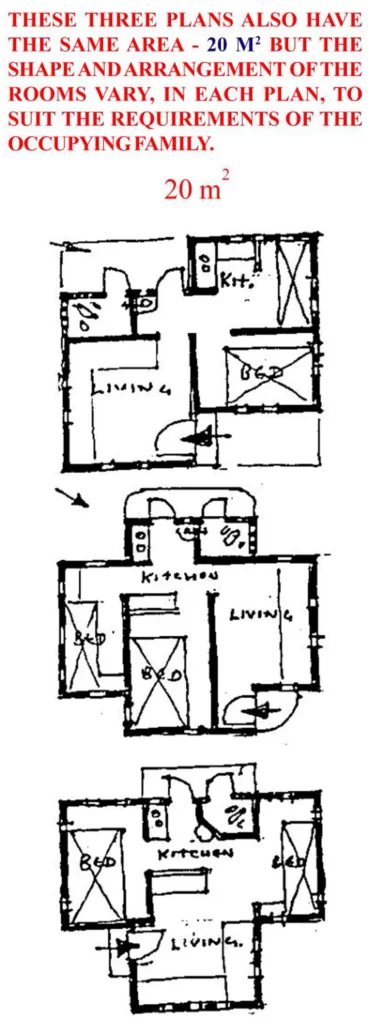

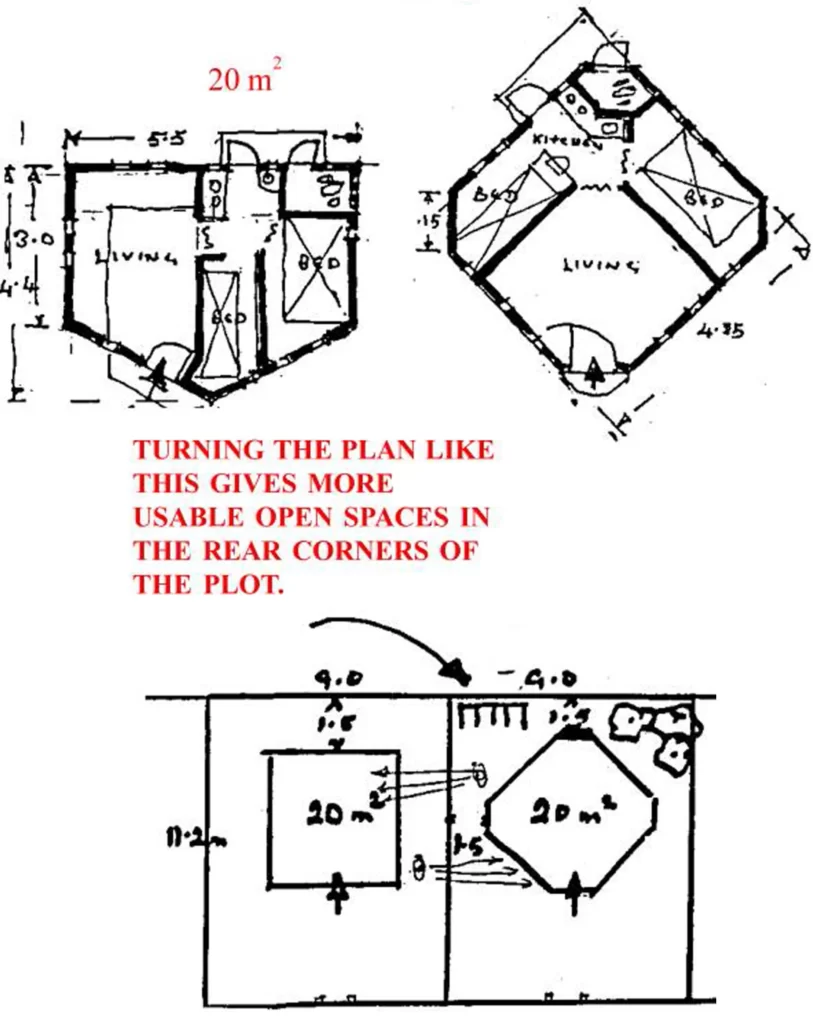
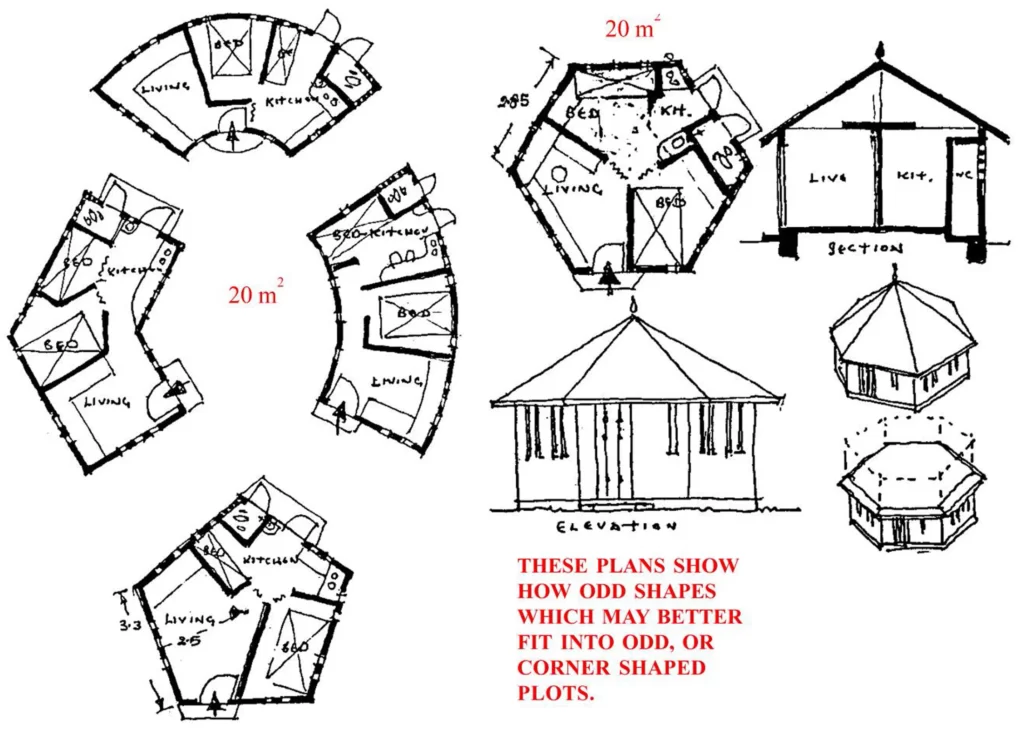
10) Four & a half inch brick walls
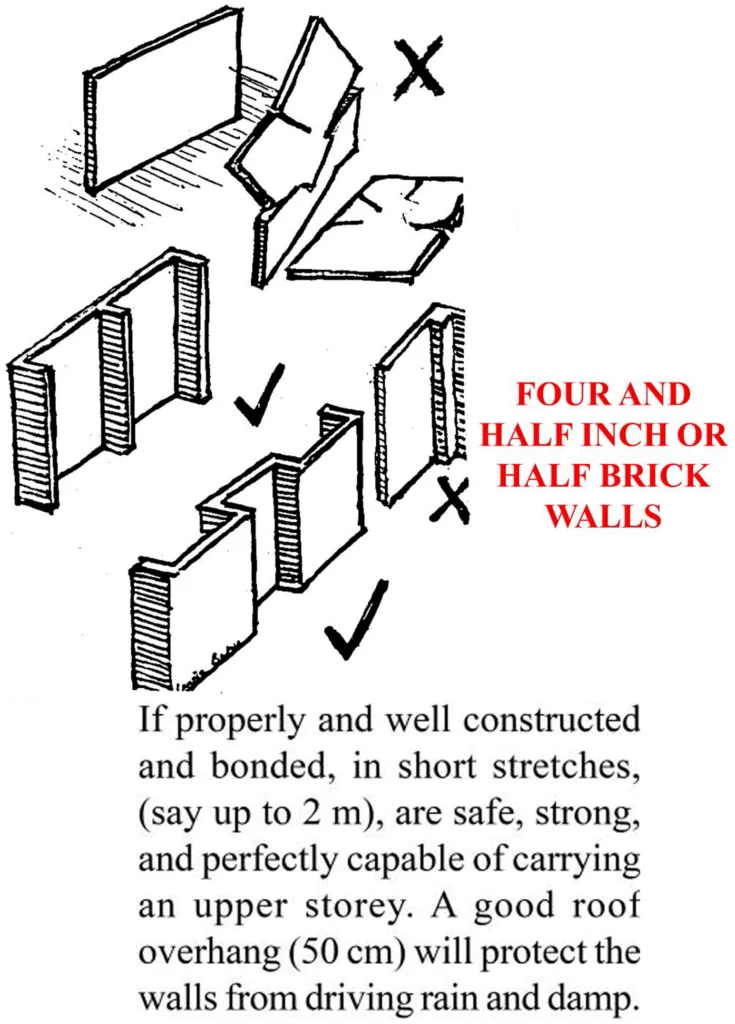
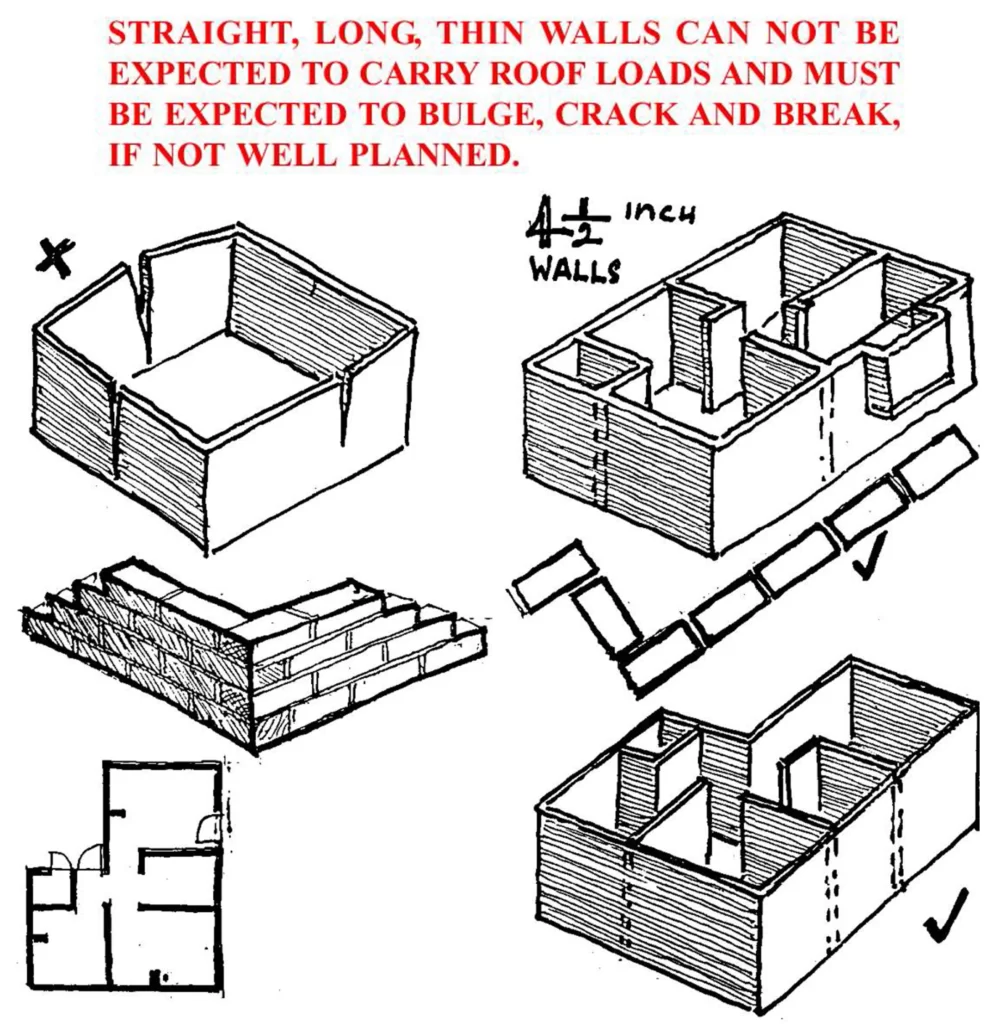
11) Brick jalis
- ‘Jali’ – formerly pierced stone panels – is one of India’s oldest methods of letting into a building filtered light and ventilation but maintaining privacy and security.
- BRICK JALI can function in the same way – either as panels or as a complete load bearing wall.
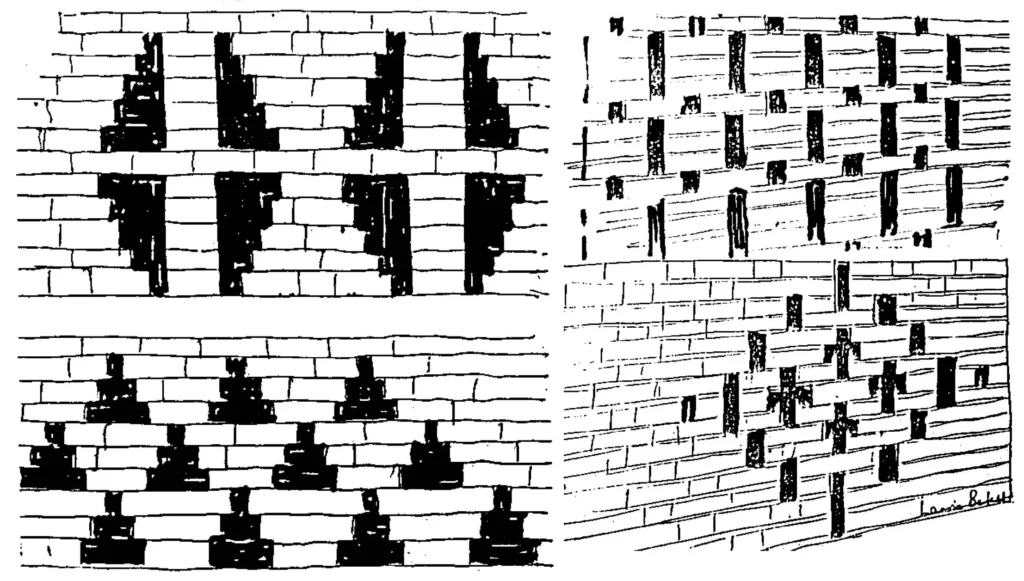
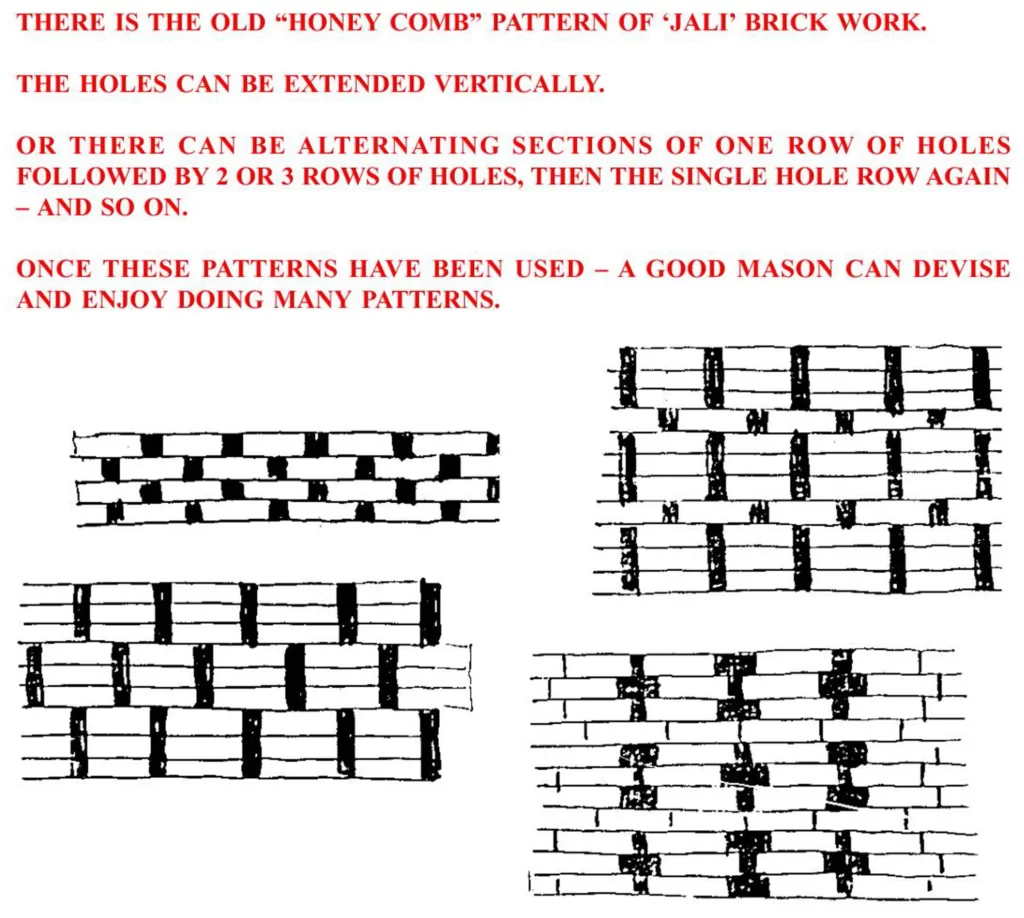
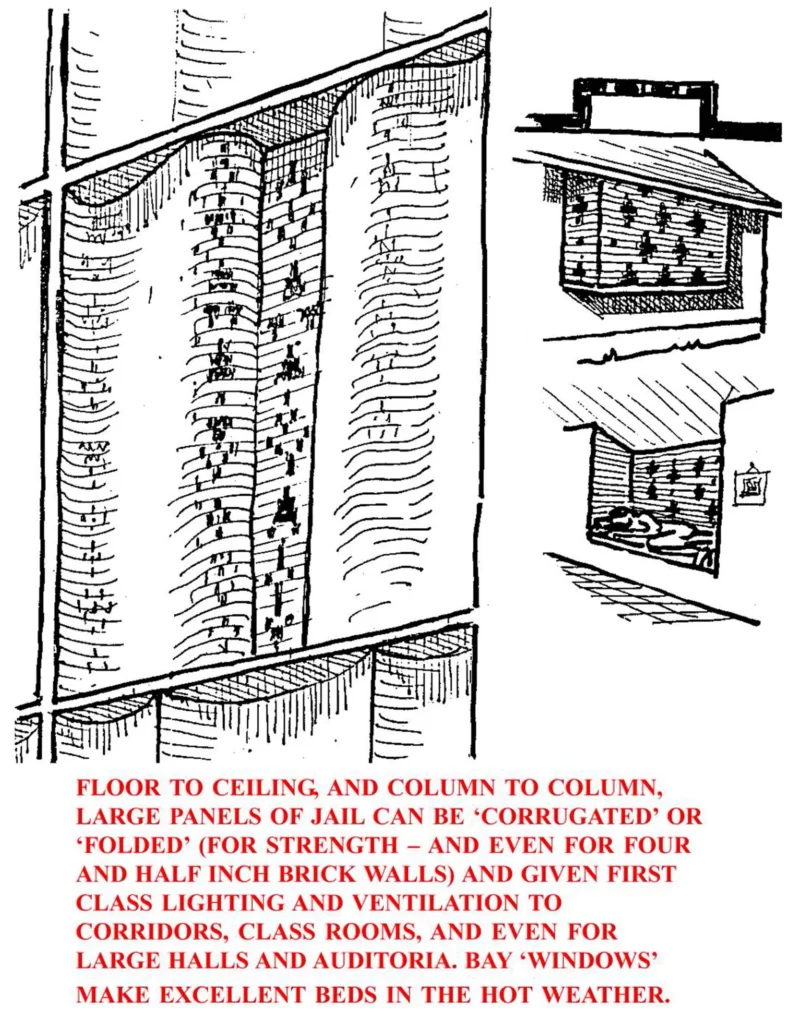
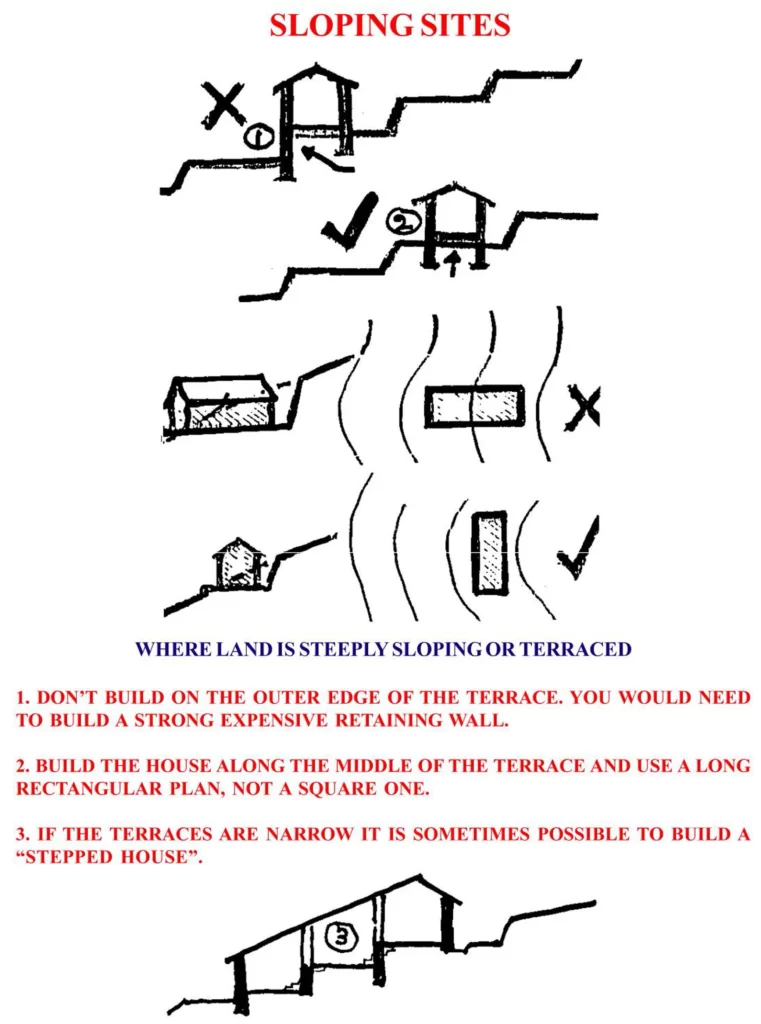
By using these methods, architects can design buildings that are cost-effective, sustainable, and functional.